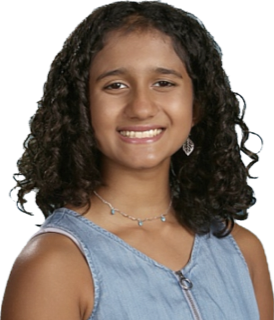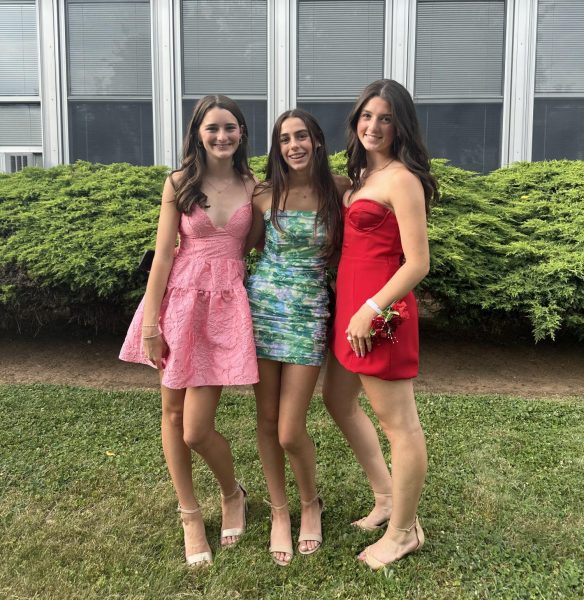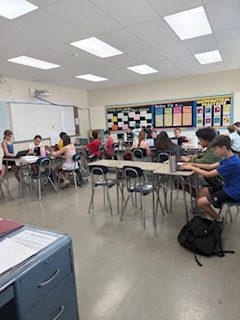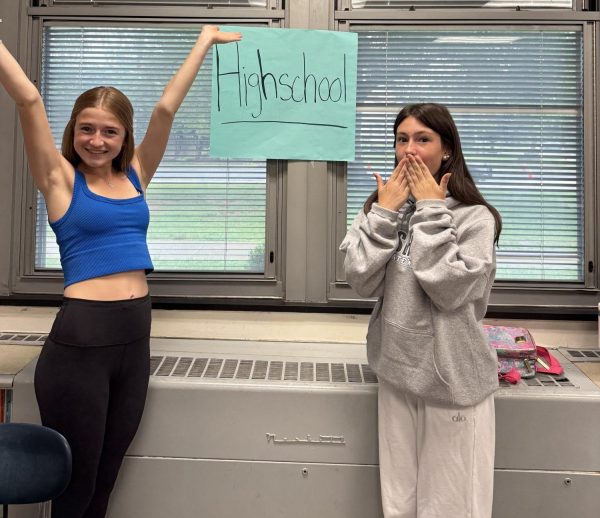Exploring OpenAI’s ChatGPT
“Get ready to have your mind blown by the newest AI sensation – ChatGPT, the ultimate conversation companion that will leave you wondering if it’s a robot or a human!”
This is a hook generated by the OpenAI foundation’s ChatGPT, a new form of artificial intelligence that is leaving many people wondering just how smart AI should get. ChatGPT is the latest evolution in the set of Generative Pre-training Transformer (GPT) robots. A couple of years ago, its predecessor, GPT3 was able to create an opinion piece for The Guardian but ChatGPT is capable of so much more. This AI is able to write poetry, self-censor, reject inappropriate responses, act as a translator, answer questions, do text classification, language modeling, etc.
ChatGPT was able to complete a task given by Arizona State University Journalism Professor Dan Gillmor: to write a letter to a relative giving advice about online security and privacy. “‘I would have given this a good grade,” Gillmor said. “Academia has some very serious issues to confront’” (“Newsela | Instructional Content Platform”). People are already using this system for malicious intent such as students cheating on essays among other Language Arts assignments, as it does not show up on normal plagiarism checkers. However, many people are striving to create solutions to plagiarism issues.
Twenty two-year-old Edward Tian, a senior at Princeton University, has created a possible solution. “Tian already had the know-how and even the software on his laptop to create [a program to check for plagiarism] Ironically, this software, called GitHub Co-Pilot, is powered by GPT-3. With its assistance, Tian was able to create a new app within three days. It’s a testament to the power of this technology to make us more productive. On January 2nd, Tian released his app. He named it GPTZero. It basically uses ChatGPT against itself, checking whether ‘there’s zero involvement or a lot of involvement’ of the AI system in creating a given text.” (National Public Radio). Programs such as GPTZero may be just the safeguard we need to be able to use ChatGPT without harming anyone.
Though it was able to answer 50.3% of questions on the Bar exam correctly whereas real-life test takers answered 68% correctly(ABAJournal), the AI is far from perfect. “[ChatGPT] fails at basic math, can’t seem to answer simple logic questions, and will even go as far as to argue completely incorrect facts… it constructs a sentence word by word, selecting the most likely “token” that should come next, based on its training. In other words, [it] arrives at an answer by making a series of guesses, which is part of the reason it can argue wrong answers as if they were completely true.”(MUO). It also struggles with topics beyond a high school level education.
Eighth grader Sophia LaVigne said that ChatGPT is convenient for answering questions where a full internet search would take too long. “It’s also good at giving advice for issues that you don’t want to ask real people about in a nonjudgmental way.”
Eighth grade English Language Arts teacher Mrs. Kimberly Swenson commented, “I think it’s pretty incredible and can probably be beneficial to a lot of people in careers. However, ChatGPT also comes with some questions and dangers from a teaching point of view. We need to learn more about how to advise students to use it as a tool for assistance with writing, not a replacement.”
ChatGPT is definitely an incredible achievement in the world of artificial intelligence, but it has and will continue to make mistakes. After all, it was created by people in the OpenAI company. It does still have the power to do real-world harm and safeguards are definitely required to keep it from being misused. With that said, this system is mostly safe and not a bad tool for everyone—even educators. With some much-needed adjustments, ChatGPT has the potential of altering academia, and the world as we know it.







Edward Mendlowitz • Apr 22, 2023 at 9:35 pm
This is an excellent explanation of a tool that will become ubiqutous in a very short time. Great job Mahie.
Samar Hasan • Mar 24, 2023 at 9:42 pm
The boys in my history class used ChatGPT to argue towards a Mens History Month
Mr. Lazarow • Feb 2, 2023 at 3:40 pm
Mahie, loved how balanced you were in this article to show both sides of this challenging issue.